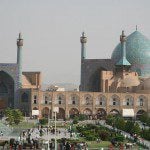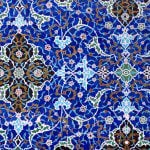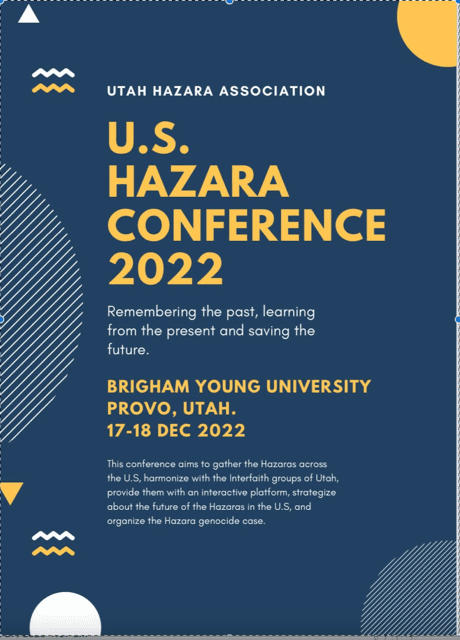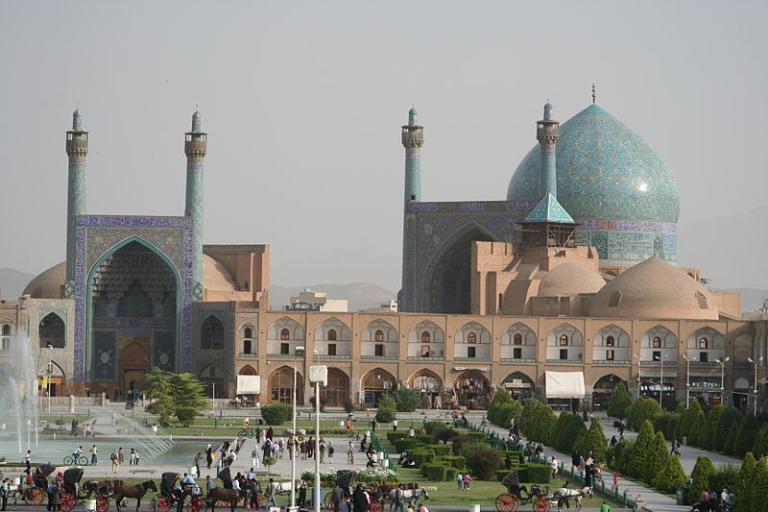
(Wikimedia Commons public domain image)
Why, a reader of a previous entry asks — yes, this blog has at least one other reader beside you — would anybody even want to go to a dangerous, fascist, theocratic, totalitarian place like the Islamic Republic of Iran?
To which, with all due respect, my response is: Really? Seriously?
Why on earth wouldn’t I want to go to Iran?
Persia — Iran’s historic name — is the home of one of the very greatest of world’s civilizations. Persian is the language of one of humanity’s greatest cultures.
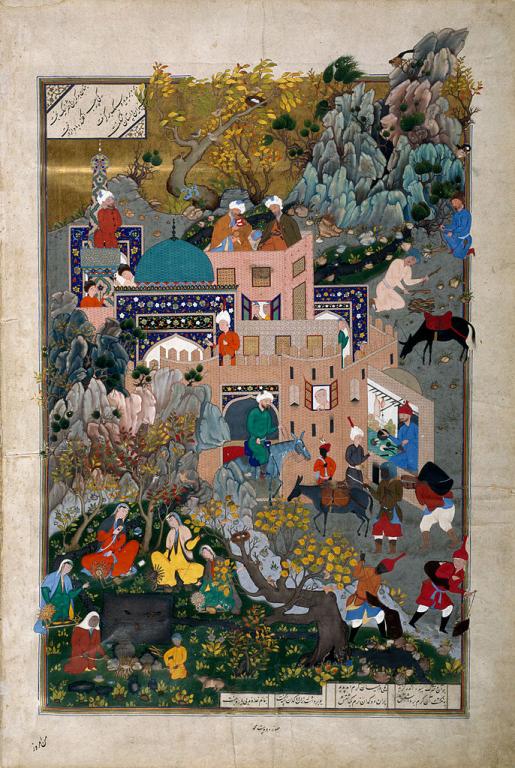
Wikimedia Commons public domain image)
To name just the Persian books that I regularly teach in my IHUM 242 “Humanities of Islam” class, there’s
- the massive early-eleventh-century Shahnameh of Firdawsi, the Persian national epic, with its larger-than-life ancient mythological kings and princesses and warriors and its poetic retelling of the history of Persia in the centuries just prior to the arrival of Islam
- Farid al-Din ‘Attar’s early-thirteenth-century mystical allegory, The Conference of the Birds
- Nizami’s twelfth-century Layla and Majnun, another allegory of Sufi mysticism that, in this case, also foreshadows the plot of Shakespeare’s Romeo and Juliet
- Omar Khayyam’s famous early-twelfth-century Rubaiyat
- the thirteenth-century Masnavi of Jalal al-Din Rumi, perhaps the greatest of all Sufi poetic works
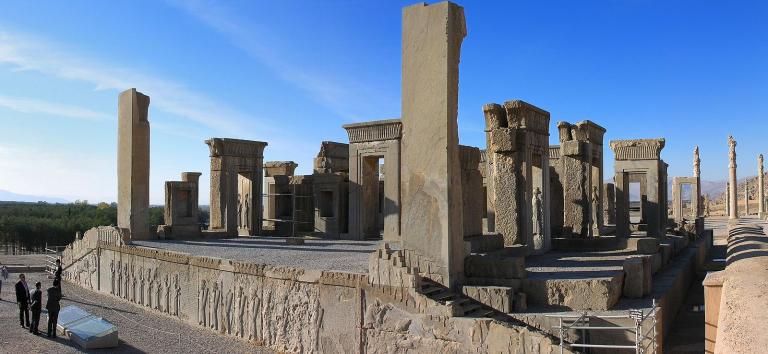
(Wikimedia Commons public domain photograph)
During my brief stay in Iran as a guest of the Islamic Republic, I was able to visit the marvelous city of Isfahan, capital of the Safavid Dynasty during the sixteenth and seventeenth centuries. I also spent time in Persepolis, the spectacular ceremonial capital of the Achaemenid Empire during the sixth-fourth centuries before Christ. And, while at Persepolis, an Iranian-American academic and I climbed above the city to examine the royal tombs of Artaxerxes II and Artaxerxes III.
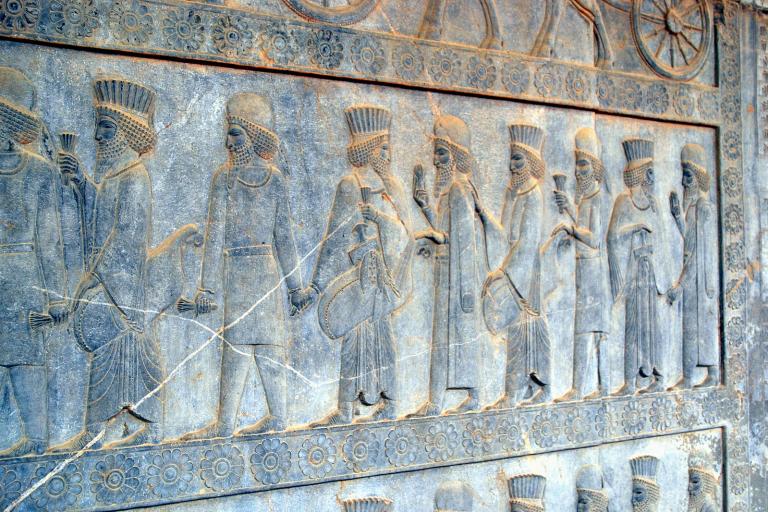
(Wikimedia Commons public domain image)
Persia is certainly one of the most historically interesting places on planet Earth, and I was absolutely thrilled to have the opportunity to visit it.
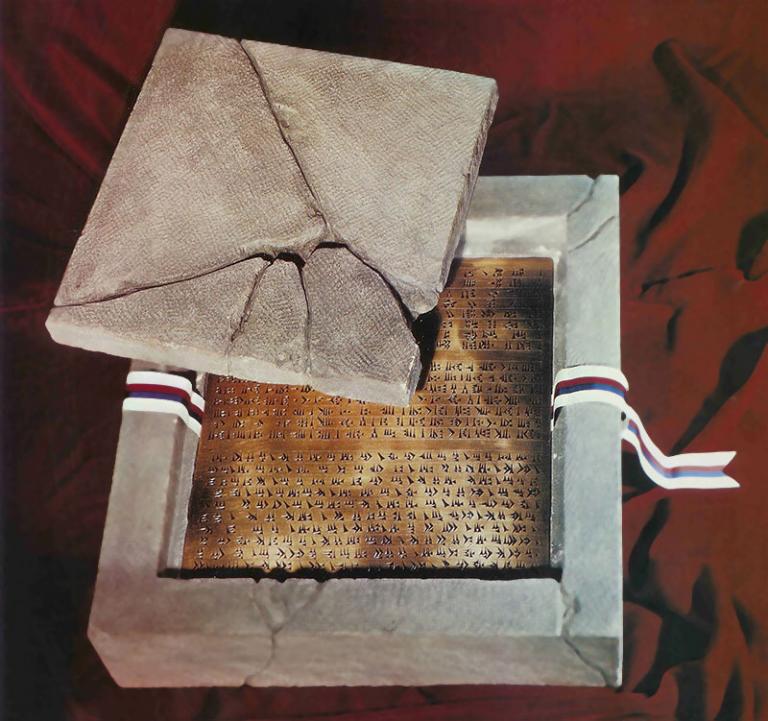
(Image from Book of Mormon Central)



